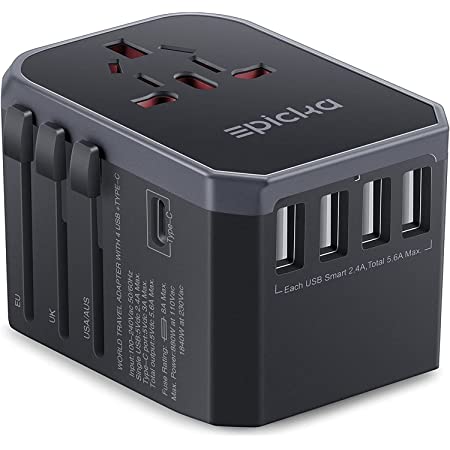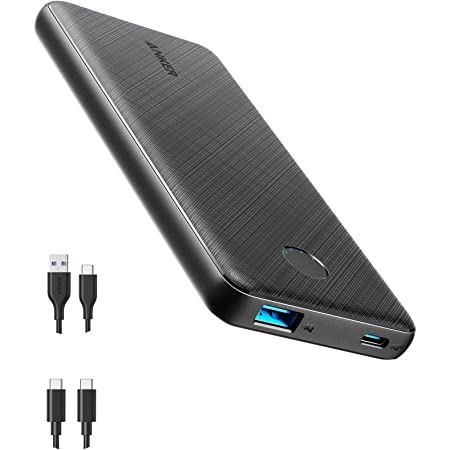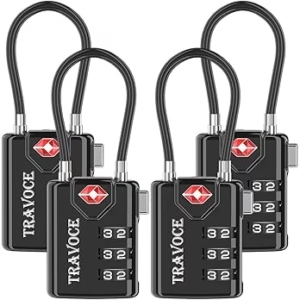Plug For Italy: What You Need To Know
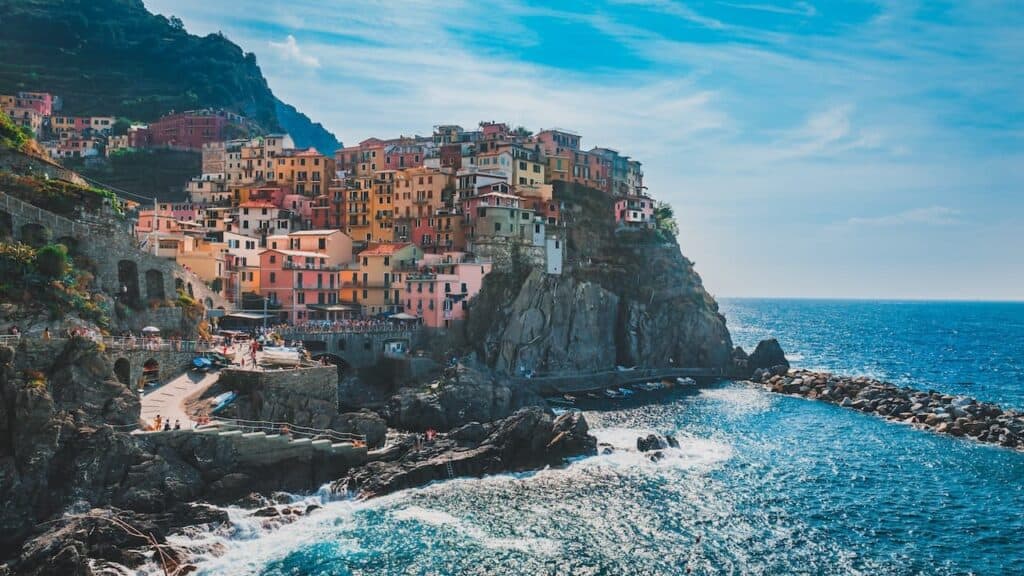
What is the plug for Italy? Before you travel, check the information below to make sure your electronic devices are compatible with the outlet type and voltage.
Electrical Summary
Italy uses outlet types C, F, L at a voltage of 230V and a frequency of 50 Hz.
Plug Compatibility: Type C, Type F, Type L
Voltage: 230V
Frequency: 50 Hz
Type C
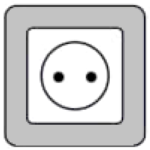
Type F
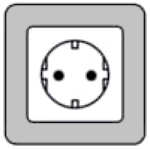
Type L

Can North Americans use Electronics in Italy without an Adapter?
No! North Americans will need an adapter for the outlets and a transformer for the voltage when traveling to Italy. North Americans device plugs will not work with the outlet types in Italy. Also, the voltage in Italy is different from North American voltages.
Can Europeans use Electronics in Italy without an adapter?
Yes! Europeans do not need a travel adapter or transformer when traveling to Italy. Most device plugs will work with the outlet types in Italy. Some travelers may require an adapter for outlet Type L. Also, the voltage in Italy is the same as in Europe.
What Outlet does Italy Use?
Type C

Type F

Type C plug sockets are used in Europe, Africa and Asia. They have two round pins and no grounding pin. These plugs are typically used with devices that have a voltage of 220-240V. Plug Type E, and Type F are compatible with this socket. All other plug types will need an adapter.
Type F electrical plug sockets are used in Germany, Spain, Italy and some parts of Africa. They have two round pins and a grounding pin. These outlets are typically used with devices that have a voltage of 220-240V. This outlet is rated for 16 amps. Plug Type C and Type E are compatible with this socket. All other plug types will need an adapter.
Type L

Type L plug sockets are used in Chile and Italy. They have three round pins and a grounding pin. These plugs are typically used with devices that have a voltage of 220V.
Recommended Products:
Should I use a VPN when traveling?
YES! Using a VPN when traveling is highly recommended to protect your online privacy and security. Public Wi-Fi networks in hotels, airports, and cafés are often unsecured, making you vulnerable to hackers and data theft. A VPN encrypts your internet connection, safeguarding sensitive information like passwords and banking details. It also allows you to bypass geo-restrictions, granting access to streaming services and websites that may be blocked in certain countries. Additionally, a VPN helps prevent government surveillance and ISP tracking. For a seamless and secure browsing experience while traveling, choose a reliable VPN with fast speeds and strong encryption.
Italy Travel Essentials:
Is it safe to drink water in Italy?
To be on the safe side, you can use common precautions such as boiling tap water for at least one minute, using water purification tablets, or drinking bottled water. It’s also important to note that ice may be made from tap water and that foods may be washed or prepared with tap water.
We recommend always packing a filtered water bottle when traveling!
Travel Essentials
Be sure to check our list of travel essentials before your trip!
Should I get travel insurance when traveling to Italy?
It is generally recommended to get travel insurance when traveling to a different country. Travel insurance can provide financial protection and peace of mind in case of unexpected events, such as medical emergencies, trip cancellations, lost or stolen baggage, or other travel-related mishaps.
Travel insurance can cover various expenses related to your trip, such as medical expenses, emergency medical transportation, trip cancellation or interruption, lost or stolen baggage or personal belongings, and other travel-related expenses.
Before purchasing travel insurance, it’s important to carefully review the policy details, including the coverage limits, exclusions, and any applicable deductibles or copays. You should also make sure that the policy covers any activities or destinations that you plan to participate in or visit during your trip.
Click here to price for Travel Insurance for Italy
Travel Summary
Where is Italy?
Italy is a country located in Southern Europe, bordered by France, Switzerland, Austria, and Slovenia.
How big is Italy?
Italy has a total land area of approximately 301,340 square kilometers (116,350 square miles).
What language is spoken in Italy?
The official language of Italy is Italian. However, there are also several regional languages spoken throughout the country, such as Sicilian, Sardinian, and Neapolitan. A travel Italian phrasebook may come in handy…
What time is it in Italy?
Italy is in the Central European Time (CET) zone, which is one hour ahead of Coordinated Universal Time (UTC+1). However, during the summer months, Italy observes Daylight Saving Time (DST), shifting to Central European Summer Time (CEST), which is two hours ahead of Coordinated Universal Time (UTC+2).
What is the capital of Italy?
The capital of Italy is Rome.
Why did the Renaissance start in Italy?
The Renaissance started in Italy in the 14th century due to a combination of factors, including the rediscovery of classical texts and ideas, the wealth and patronage of powerful families and institutions, and the influence of humanist philosophy.
What currency does Italy use?
Italy uses the Euro as its official currency. Get great rates on currency transfers with Wise
What is Italy known for?
Italy is known for its rich history, culture, and contributions to art, architecture, literature, and music. It is also known for its cuisine, fashion, and beautiful natural landscapes, such as the Amalfi Coast, Tuscany, and the Italian Lakes.
What to do in Italy?
The capital city, Rome, is a top tourist destination, known for its world-famous landmarks such as the Colosseum, the Pantheon, and the Vatican City. Visitors can also enjoy the city’s lively piazzas, delicious Italian cuisine, and cultural events.
Beyond Rome, there are many other regions in Italy that are worth exploring. Tuscany, located in central Italy, is famous for its rolling hills, charming medieval towns, and delicious wine. Visitors can explore the region’s vineyards and wineries, visit historic landmarks such as the Leaning Tower of Pisa, and enjoy outdoor activities such as hiking and cycling.
The Amalfi Coast, located in the south of the country, is another popular destination known for its stunning coastal landscapes, charming fishing villages, and delicious seafood. Visitors can explore the region’s rocky cliffs and sandy beaches, visit historic landmarks such as the Pompeii Archaeological Site, and enjoy outdoor activities such as sailing and hiking.
Overall, Italy is a beautiful country with a rich history and culture, stunning architecture, and delicious cuisine. It is a must-visit destination for anyone looking for a unique and memorable travel experience in Southern Europe.
Traveling to another country? Check out our Countries page for more info on countries like the Austria, Germany, United Kingdom, France, Spain, Greece, and Portugal.

